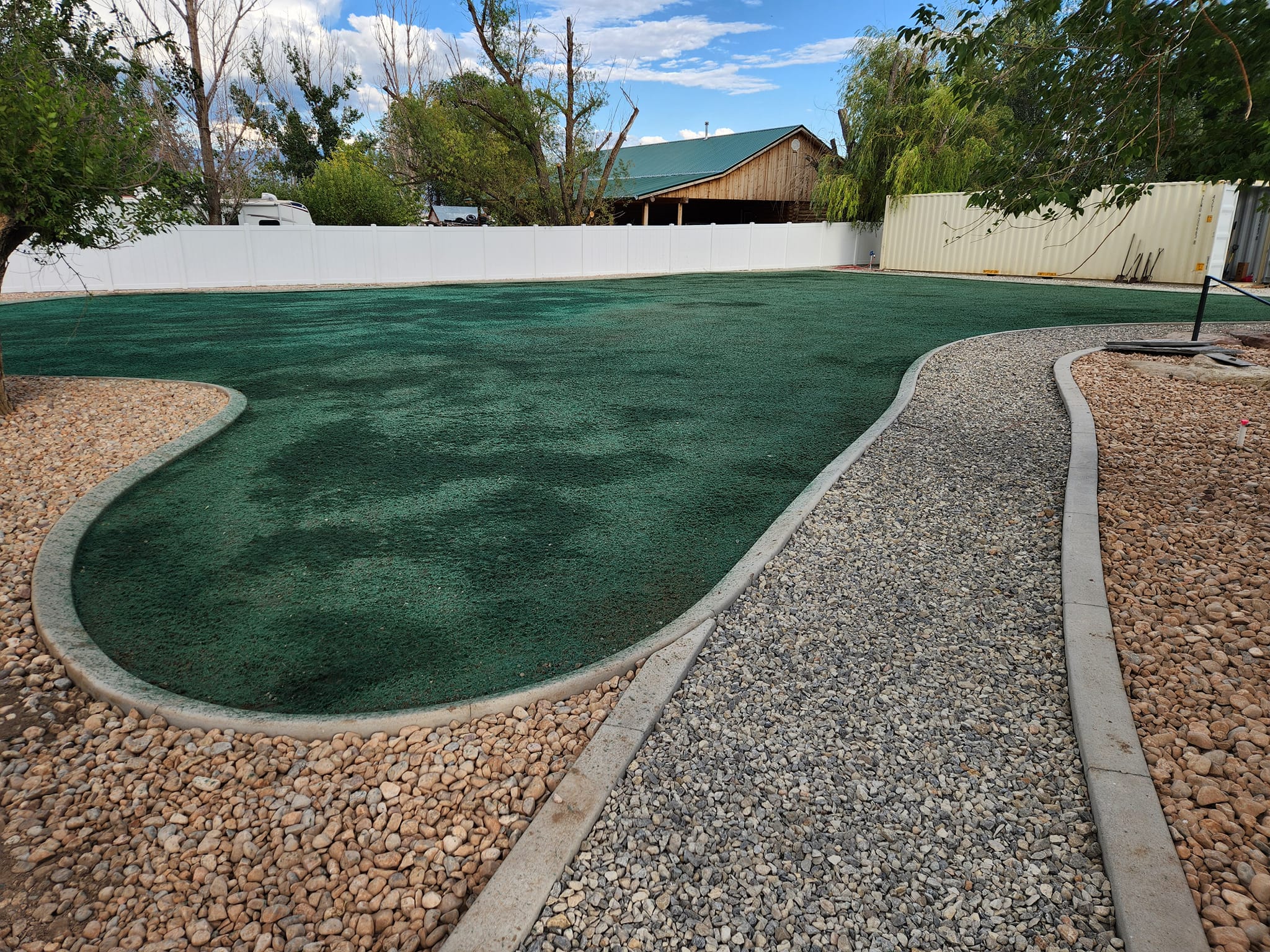
Transform Your Outdoor Space with Innovative Hardscaping Designs Aug 17, 2025
First, let's explore the basics of hardscaping. Unlike traditional landscaping, which involves living elements like plants and flowers, hardscaping focuses on non-living components. These may include stone pathways, patios, retaining walls, fire pits, and outdoor kitchens. This distinction is essential as it allows for a diverse range of materials such as concrete, natural stone, bricks, and pavers to be used, offering endless possibilities to tailor your outdoor living area to your personal preference.
A strategic starting point in planning your hardscape is to assess your outdoor space's functionality. Ask yourself how you intend to use your space. Is it for entertaining guests, creating a serene retreat, or providing a play area for children? Your goals will guide the design and layout, enabling you to prioritize elements that align with your lifestyle. For example, if entertainment is your primary goal, an outdoor kitchen paired with a dining area may be the perfect fit.
Incorporating retaining walls can serve both practical and aesthetic purposes. These structures play a crucial role in soil retention and drainage control, which is particularly beneficial for properties with uneven terrain. Retaining walls also provide an opportunity to introduce raised garden beds or seating areas, seamlessly blending form and function. When choosing materials for your retaining walls, consider natural stone or textured concrete to complement the organic elements of your landscape.
An often-overlooked aspect of hardscaping is the lighting. Thoughtful lighting design can extend the usability of your outdoor space into the evening hours, creating a warm and inviting atmosphere. Pathway lights and spotlights should be strategically placed to enhance safety and highlight key features of your landscape. For a cozy ambiance, consider incorporating string lights or lanterns around seating areas.
Integrated water features such as fountains or ponds can add an element of tranquility and serve as a focal point in your hardscape. The soothing sound of water has the power to transform your garden into a peaceful haven. These features can be designed to fit seamlessly into the overall layout, enhancing both the visual appeal and serenity of your outdoor space.
Lastly, sustainability is a growing consideration in outdoor design. Choose low-maintenance materials and incorporate native plants for functional borders that require minimal water and care. This not only helps the environment but also reduces the time and effort required to maintain your landscape.
As you embark on your hardscaping journey, remember that a well-designed outdoor space can provide years of enjoyment and relaxation. At Green Scapes Landscaping, we take pride in offering expert guidance and innovative designs that cater to your unique needs and preferences. Transform your outdoor space today and make your vision a reality with hardscaping solutions that will stand the test of time.
In conclusion, hardscaping is more than just a means to enhance your property’s curb appeal. It’s an investment in your lifestyle and a testament to your creativity. By integrating functional and innovative hardscaping designs, you can create an outdoor space that reflects your personal aesthetic while adding significant value to your home. Let Green Scapes Landscaping be your partner in this transformative journey.
/filters:no_upscale()/media/e6cfbcac-e222-4b30-8356-0fbae58f8c64.png)